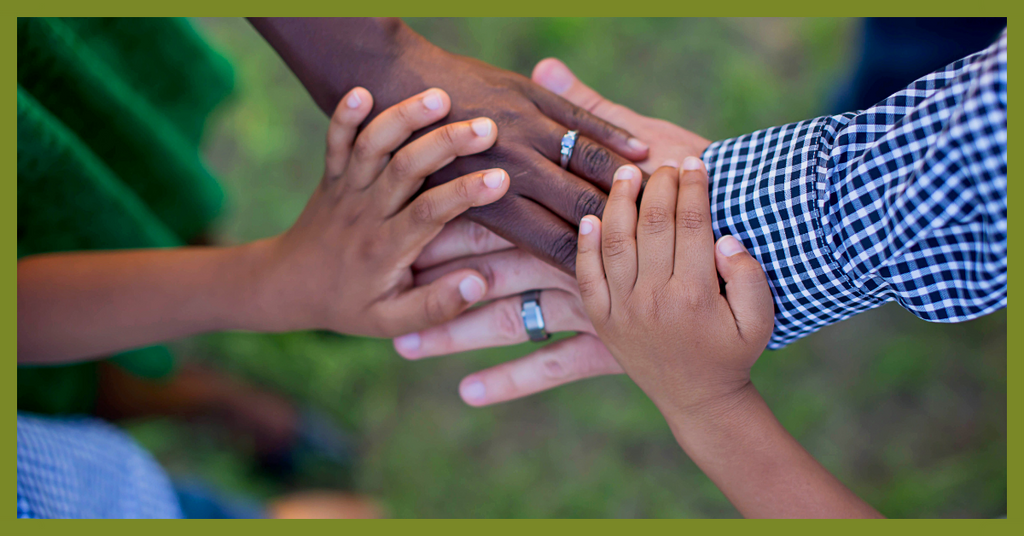The Enduring Love Story of the Lovings

The Beginning
Mildred Jeeter did not take an immediate liking to Richard Loving. She was 11 and he was 17 when they first met and she, reportedly, was not a fan of his personality. To her, he was an arrogant high school boy visiting her house to listen to her older siblings play music. Richard and Mildred eventually became friends and ultimately fell in love. They became Mr. and Mrs. Loving on June 2, 1958, in Washington, D.C. After the ceremony, they returned to their home in Caroline County, Virginia - an oasis of racial harmony where residents openly socialized together regardless of color. This was not typical of America’s South in the 1950s, to say the least, but Caroline County was known for it.
The Law
It was 2:00 a.m. on July 11, 1958. The newlyweds were asleep in bed, their new marriage certificate hanging on the wall. Without warning, Sheriff Garnett Brooks and two deputies stormed into their room and demanded to know who Mildred was to Richard. She answered simply, “I’m his wife.”
But this was Virginia and their marriage wasn’t recognized, because it violated the state’s Racial Integrity Act - interracial marriage was illegal in Virginia, as well as 16 other states. Richard was of English and Irish descent and Mildred’s heritage was African American and Native American, so the state of Virginia did not accept them as a married couple. Instead, they arrested them that night and took them both to jail.
The Lovings were found guilty at trial and sentenced to one year, but the judge suspended jail time, as long as they agreed to stay out of Virginia for 25 years. So they went back to Washington, D.C., where they could live together legally and raise their children without fear of arrest. But Richard and Mildred never got used to the big city. They missed small town life and their friends and family. Home for them was Central Point where they both grew up. More than once, they risked their safety and travelled home to visit, taking care to never be seen together in public.
After five years, Richard and Mildred had had enough of D.C.. It was 1963, and the Civil Rights Movement was in full swing, inspiring Mildred to reach out to the U.S. Attorney General, Robert F. Kennedy, about their predicament. He referred her to the ACLU where two young lawyers – Philip Hirshkop and Bernard Cohen – were assigned their case.
The attorneys first attempted to have the case against the Lovings vacated and the ruling reversed by the original judge. It took almost a year and a big push before they finally received a response which read, in part:
“Almighty God created the races white, black, yellow, malay and red, and he placed them on separate continents. And but for the interference with this arrangement there would be no cause for such marriages. The fact that he separated the races shows that he did not intend for the races to mix.”
This response provided the grounds for an appeal to the Virginia State Supreme Court, but the decision was upheld.
By April 10, 1967, the case had made it to the United States Supreme Court. The Lovings did not like the spotlight and neither appeared in court, but Richard sent a letter to his lawyers that read, “tell the Court that I love my wife and it is just not fair that I cannot live with her in Virginia.
Loving Day
A unanimous decision was handed down by the Supreme Court on June 12, 1967, finding that laws banning interracial marriage are unconstitutional. Specifically, Virginia’s anti-miscegenation statute violated both the Equal Protection Clause and the Due Process Clause of the Fourteenth Amendment.
Chief Justice Earl Warren wrote the opinion for the court, stating that marriage is a basic civil right and to deny this right on a basis of race is:
“directly subversive of the principle of equality at the heart of the Fourteenth Amendment” and deprives all citizens “liberty without due process of law.”
In 1967, laws prohibiting marriage between whites and non-whites were still enforced in all of the former slave states plus West Virginia and Oklahoma. But the ruling meant that they were no longer enforceable. Some states went further and amended their state constitutions to remove language prohibiting miscegenation: Mississippi in 1987, South Carolina in 1998 and Alabama in 2000.
Living Out Loud
Mildred and Richard had returned to Caroline County some years before the Supreme Court decision, but had kept themselves hidden, living with the threat of jail time. After the unanimous decision by the high court, they lived openly as husband and wife in Virginia for the first time. They built a house and raised their three children in Caroline County, Virginia for the next eight years. And then tragedy struck.
In the End
The Lovings were together in their car when they were hit by a drunk driver on June 29, 1975. Richard was killed and Mildred lost the sight in her right eye. She spent the rest of her life in the home she and Richard had shared and never remarried. She continued to avoid the spotlight, but she did make a memorable statement, when asked, about the rights of gay people to marry in 2007. She made a rare public statement on the 40th anniversary of her and Richard’s landmark case and one year before her death.
“I believe all Americans, no matter their race, no matter their sex, no matter their sexual orientation, should have that same freedom to marry. Government has no business imposing some people’s religious beliefs over others. Especially if it denies people’s civil rights.”
Mildred Jeeter Loving died of pneumonia on May 2, 2008, at the age of 68.

Legacy
Richard and Mildred Loving had a love that endured ignorance, hatred and the law that they would ultimately force into extinction. Their victory in the Supreme Court meant that the anti-miscegenation laws in all states were unconstitutional. No longer could mixed-race marriages be prohibited in the United States.
Happy Loving Day
Loving Day is celebrated on June 12th, the date of the landmark ruling. The couple who tried to stay as far away from the spotlight as possible is still remembered and celebrated to this day.
Tell Me More
Are you dying to know more about the Lovings? You’re in luck – there’s a book, a documentary and two movies:
Interracial Marriage Bans and the Case of Richard and Mildred Loving
Written by Phyl Newbe
March 14, 2008
Starring Timothy Hutton & Lela Rochon
1996 (Showtime)
Documentary by Nancy Buirski
2011
Starring Ruth Negga & Joel Egerton
2016
Sources:
Biography, Richard Loving, Biography.com Editors, January 19, 2018
Biography, Mildred Loving, Biography.com Editors, January 19, 2018
Biography, The Richard and Mildred Loving Story, Biography.com Editors, February 13, 2018
History, Mildred and Richard: The Love Story that Changed America, Brynn Holland, October 28, 2018
Black America Web, Little Known Black History Fact: The Lovings, D.L. Chandler, June 25, 2014


Leave a comment